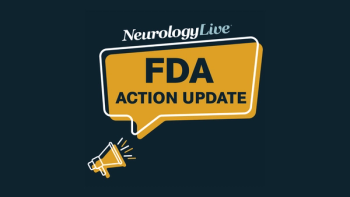
Jeffrey Cummings, MD, ScD: Trends in the Alzheimer Disease Clinical Pipeline
The director emeritus of the Lou Ruvo Center for Brain Health at Cleveland Clinic and vice chair of the Department of Brain Health at the University of Nevada-Las Vegas, details trends in Alzheimer disease research over the past few years.
“I think it’s clear that the use of biomarkers has been so informative in terms of helping us to know whether the drugs are working, and whether they’re working on the biology that we’re targeting.”
Jeffrey Cummings, MD, ScD, and colleagues recently published a systematic review of Alzheimer disease (AD) treatments that are currently in development, which included a multitude of various data on the different investigational therapies and their targets. The annual review allows for better understanding of current research priorities, trends in the pipeline, and where improvements need to be made.
Among the many observations, Cummings noted that there has been a progressive emphasis on nonamyloid targets, including candidate treatments addressing inflammation, synapse and neuronal protection, vascular factors, neurogenesis, and epigenetic interventions. The year-over-year numbers showed that there are fewer agents in the AD pipeline in 2020 than 2019 (121 versus 134), with 29 agents being assessed in 36 phase 3 trials.
Cummings, who is director emeritus of the Lou Ruvo Center for Brain Health at Cleveland Clinic and vice chair of the Department of Brain Health at the University of Nevada—Las Vegas, sat down with NeurologyLive to discuss the results of his study, including notable improvements and trends seen observed over the past 5 years.
REFERENCE
Cummings J, Lee G, Ritter A, Sabbagh M, Zhong K. Alzheimer’s disease drug development pipeline: 2020. Alzheimers Dement. Published online July 16, 2020. doi: 10.1002/trc2.12050
Newsletter
Keep your finger on the pulse of neurology—subscribe to NeurologyLive for expert interviews, new data, and breakthrough treatment updates.































